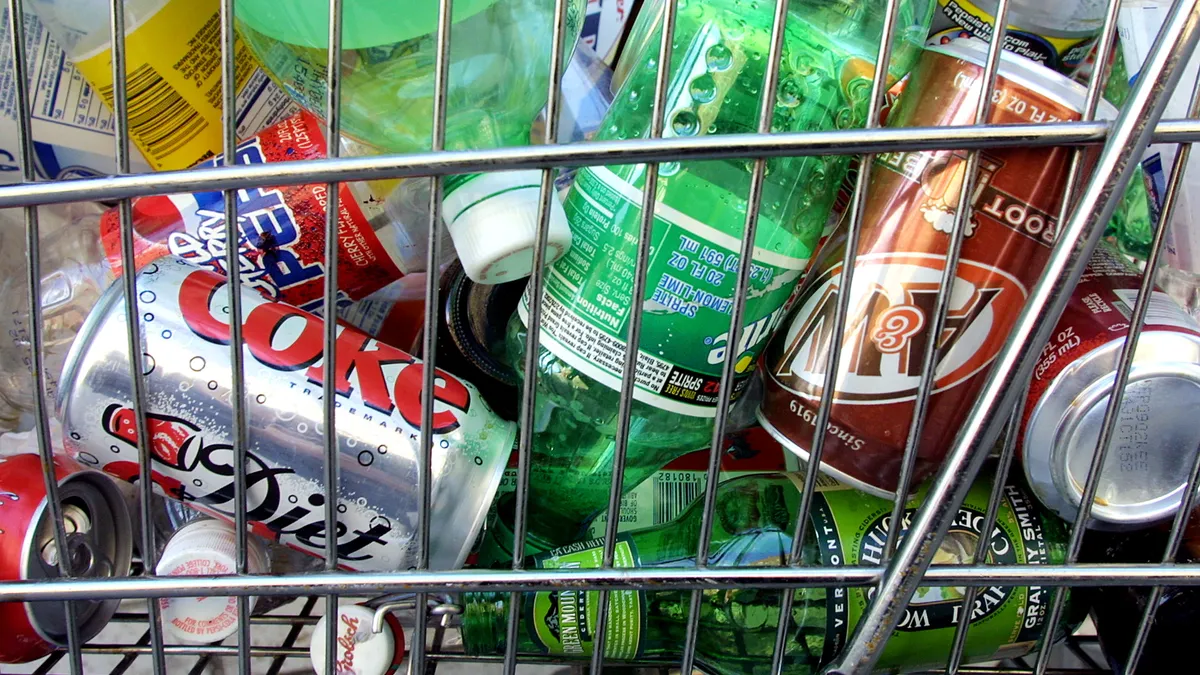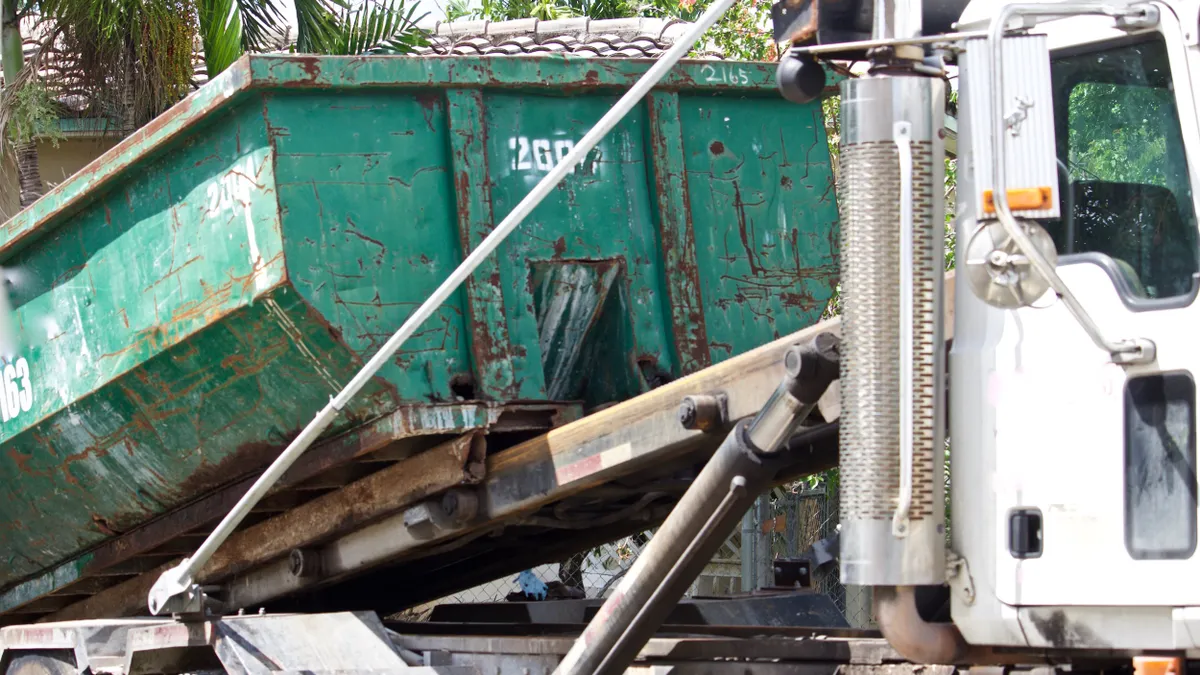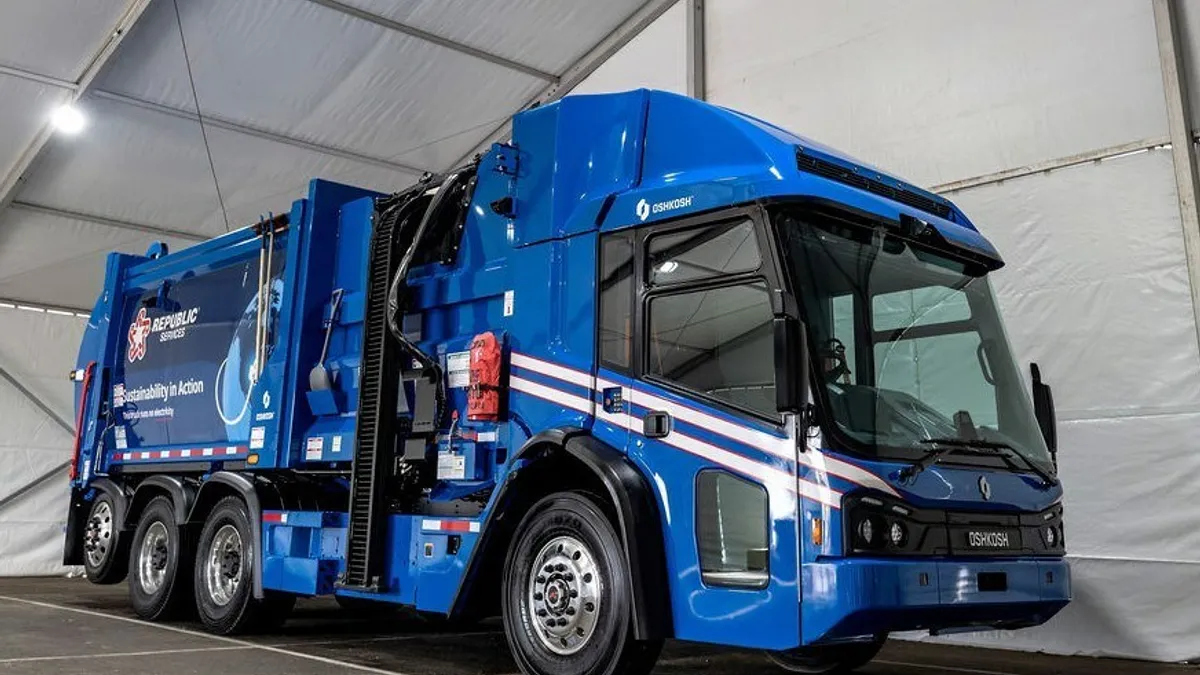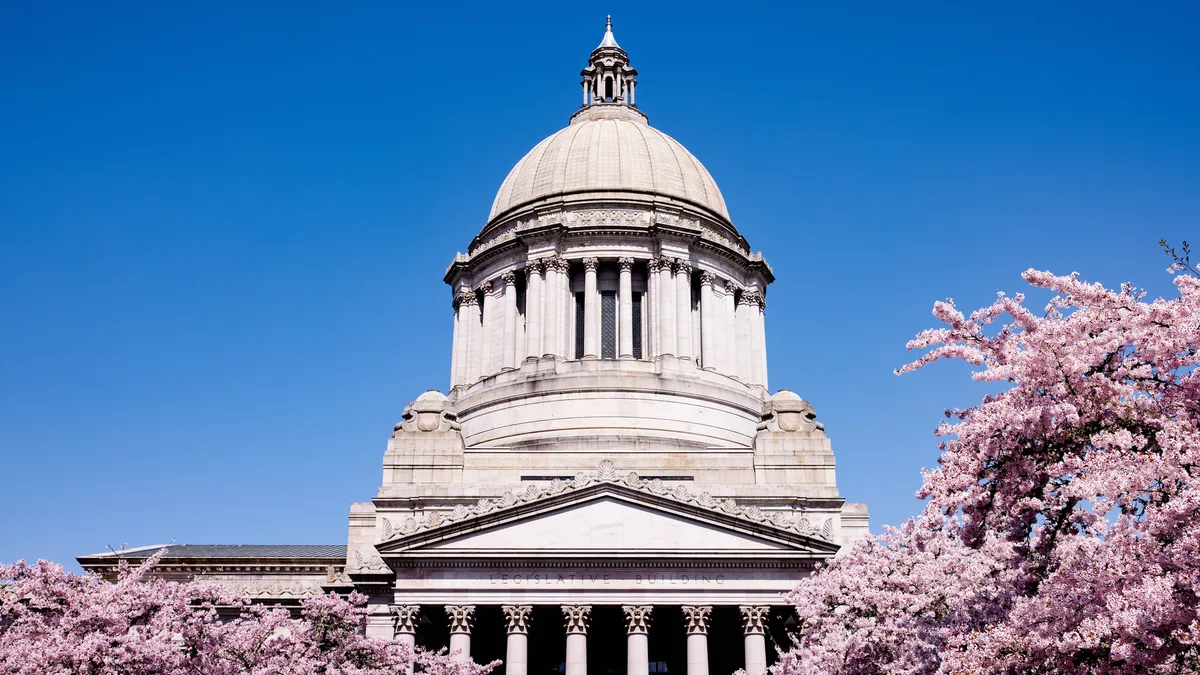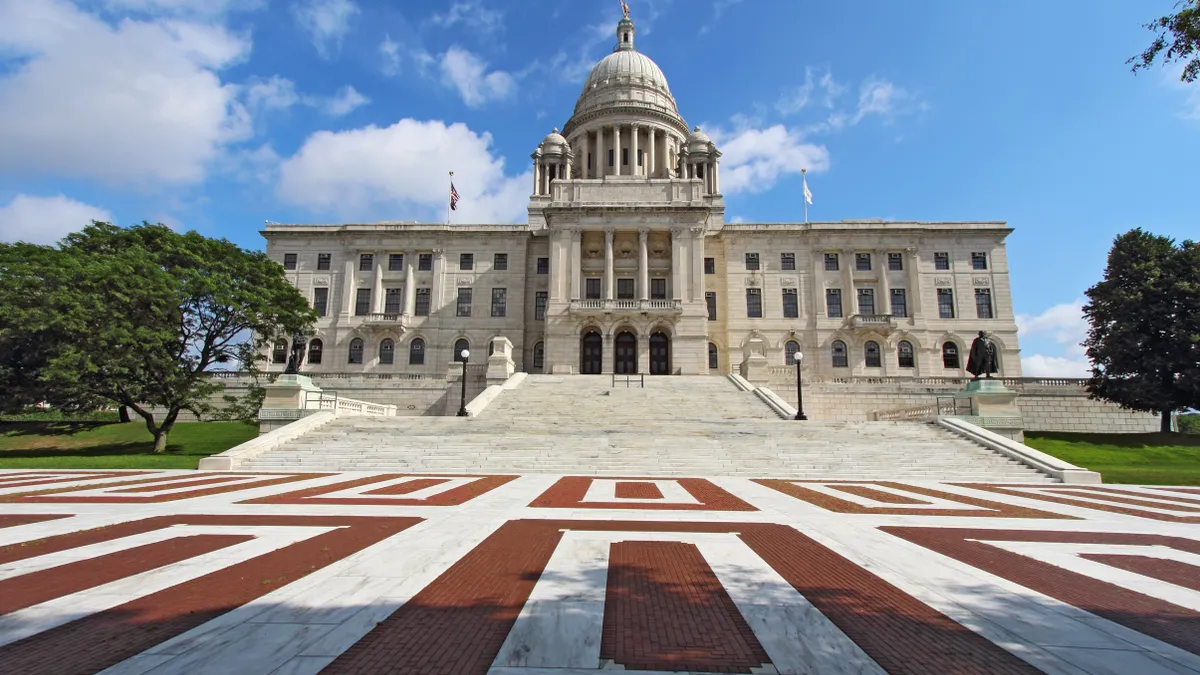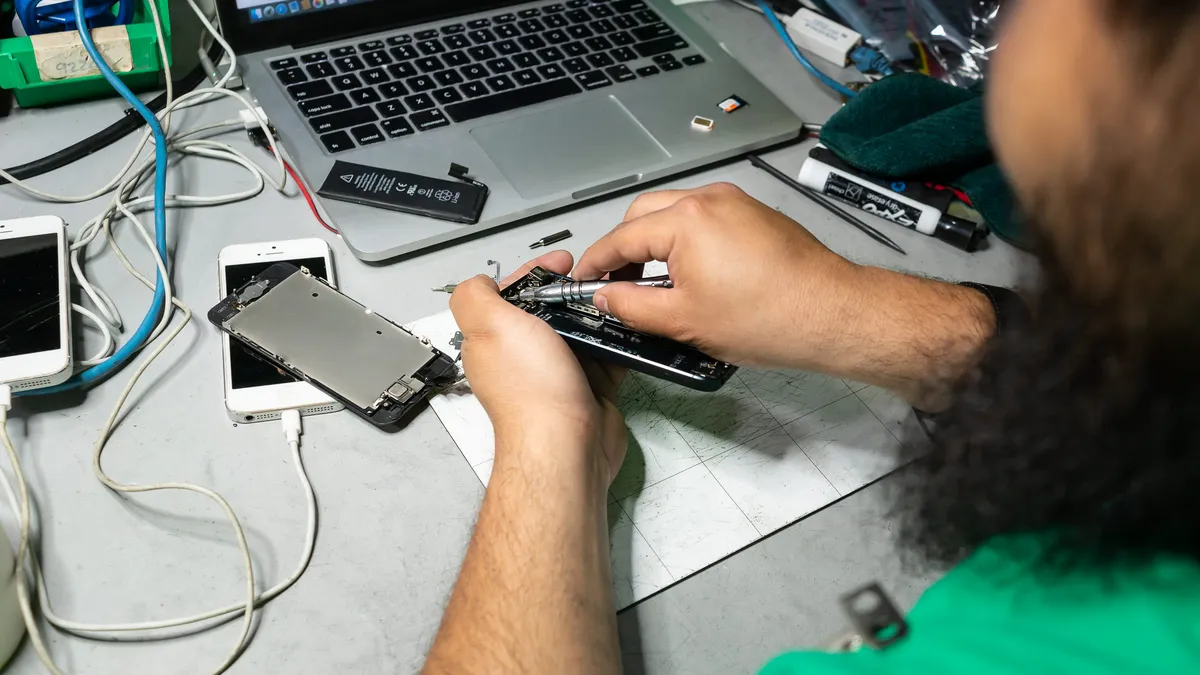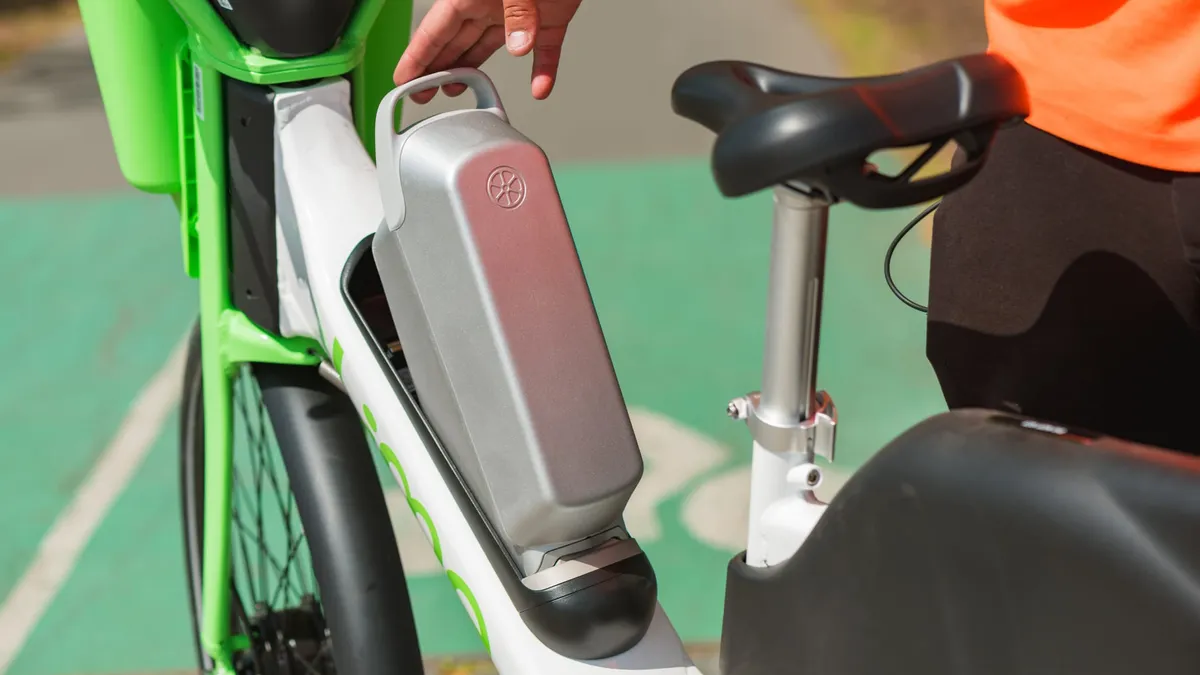Florida is taking a “back to basics” approach to recycling education to help it meet its 2020 goal of reaching a 75% recycling rate, stakeholders said during a panel discussion the Florida Recycling Partnership Foundation hosted on May 18.
While officials are still compiling data for 2020, they say it’s unlikely Florida met the 75% goal. Florida’s 52% overall recycling rate in 2019 was a slight improvement over the 49% rate in 2018, said Karen Moore, environmental administrator of waste reduction for the Florida Department of Environmental Protection. Yet Florida's recycling rate has generally declined since 2016.
Speakers at the event said they are tackling the issue through education programs aimed at students and the general public.Education is just one piece of the larger puzzle to reduce greenhouse gas emissions and keep more material out of landfills and incinerators, speakers acknowledged, but residents that follow the recycling rules still make a big impact.
“We're trying very hard in Florida to clean up the inbound stream,” said Michael DeClerck, area director of recycling operations for Waste Management of Florida. When recyclables are too contaminated with garbage or other nonrecyclable items, “it increases the overall costs of recycling and creates an environmental burden, not a benefit. It actually puts us further behind in our carbon footprint to take in material and then dispose of it.”
Better construction and demolition recycling rates in 2019 helped improve the state’s overall recycling rate, as C&D debris is a third of Florida’s overall waste stream. The state also factors in renewable energy credits in the form of landfill gas, waste to energy and landfill cover as part of its recycling rate.
However, recycling rates decreased in 2019 for many items traditionally found in curbside recycling bins. Single-use plastic bottles went from a 9% recycling rate to 6%, and glass went from 23% to 19%. Cardboard went from 43% to 41%, and aluminum cans dropped from 19% to 13%. “That was a pretty significant drop there, and I'm hoping we're going to see that reverse a little bit over the next few years,” Moore said.
As part of the effort to increase curbside recycling rates and get back cleaner recyclables from residents, panelists stressed the importance of investing in educational strategies that offer a unified, consistent message about what goes in the recycling bin and what does not. “This requires ongoing funding and ongoing effort to hit people where they are,” whether it’s through social media messages, mailers, or other techniques, said Susan Robinson, Waste Management’s senior director of sustainability and policy.
Dylan de Thomas, vice president of external affairs for The Recycling Partnership, highlighted the organization’s “feet on the street” approach, which sends teams out ahead of recycling pickups to dig through bins. When a household puts too many non-recyclable items in the bin, their bin gets an “oops tag” that describes what needs to be taken out. In 2019, TRP rolled out the program in Orange County with additional funding from the Coca-Cola Foundation.
DeClerck said cart-tagging and other “back-to-basics, simplified messaging is what we feel is the most effective.” Waste Management’s MRFs see the most improvement in their inbound streams when local programs are not just simple, but consistently enforced, he said. “It's an ongoing process. If you do a campaign, and you don't do it often, it will go by the wayside, and people will revert to bad habits,” he said.
Florida is also trying to instill positive recycling messages earlier in children’s lives, Moore added. The Florida legislature last year approved funding to update the state’s K-12 recycling curriculum, which last got an update in 2000 and doesn’t address the complexities of modern recycling streams and systems, Moore said. Teachers will have access to the new recycling curriculums this fall.
Beverage companies also have a responsibility to be part of the education and engagement effort, said John Mitchell, sustainability manager for Coca-Cola Beverages Florida. The company, which has a bottling facility in Tampa, offers grants to coastal and underserved communities for recycling carts, education programs, or other resources to help provide better access to recycling, he said. The program is a partnership with TRP.
Coca-Cola also piloted several reverse vending machines at Florida universities, as well as zoos and aquariums, where each returned bottle results in a donation to a charity of the resident’s choice, he said. “We’re always looking at ways to incentivize the consumer on the front end to receive some kind of a benefit to continue to recycle,” he said. The effort is part of the company’s larger “World Without Waste” effort to collect and recycle a bottle or can for each one it sells by 2030.
Speakers also acknowledged that residents aren’t the only ones responsible for improving the state and national recycling system. Elizabeth DeWitt, president and CEO of the Florida Beverage Association, said beverage manufacturers want to partner with the local community to make recycling programs better and to return as many bottles to become new bottles. Manufacturers are also committing to using less material in their packaging, reducing waste from production facilities and conserving water and energy used in manufacturing and bottling facilities.
Waste Management has pledged to recycle some of the material it collects to make new products, including employee uniforms, Robinson said.
“We've evolved from recycling for recycling's sake to understanding that we have a bigger role to play in reducing greenhouse gas emissions and looking at the impact we all have on our environment.



